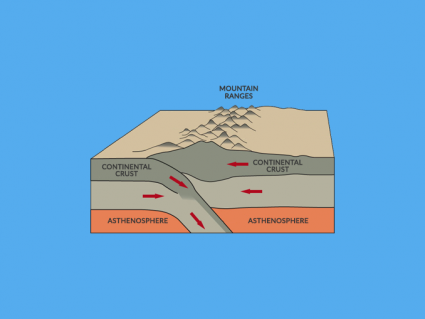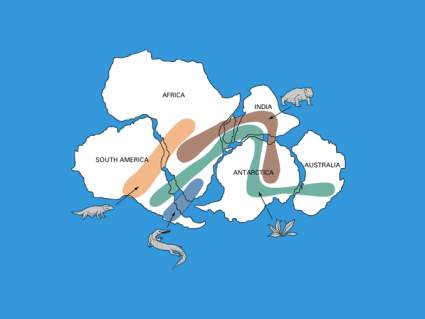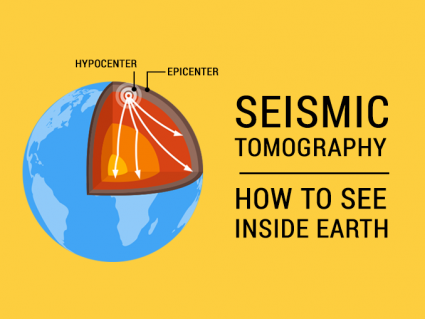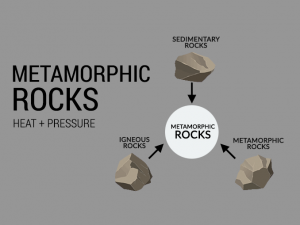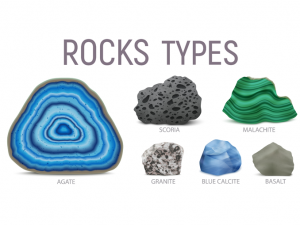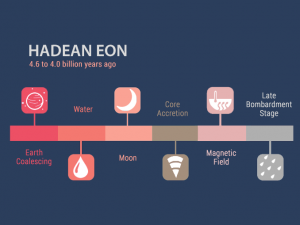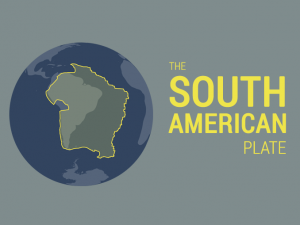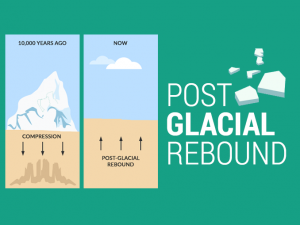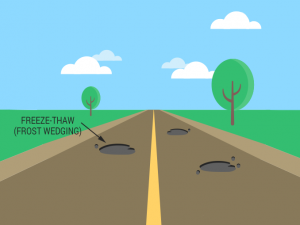What is a Shield Volcano?
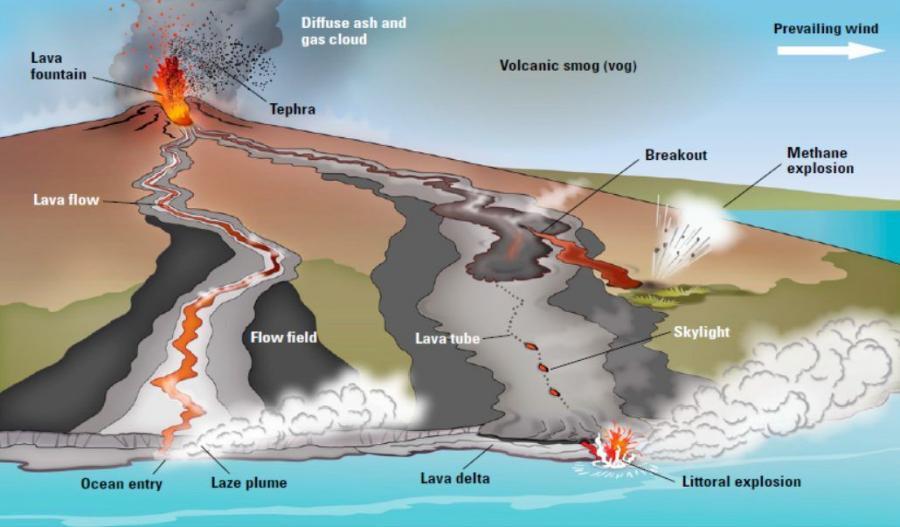
What does a shield volcano look like?
Shield volcanoes are a type of volcano that erupts basalt lava. Because basalt has a low viscosity (more watery), it can flow on the surface better. So when these types of volcanoes erupt, lava flows outwards at large distances.
For a shield volcano, violent explosions are possible. But they’re more common for stratovolcanoes. Only if water gets into the vent, it’s more likely to become explosive.
The conduit is the main pipe from the magma chamber to the summit. If it gets plugged into hardened lava, lava can flow through dykes at the side of the volcano. The dyke is connected to a fissure, which is just a crack in the side of a shield volcano. This creates lava along the side of the volcano.
“The name “shield volcano” originated from its Roman shield-like shape. They are broad, flat, and can stretch hundreds of kilometers wide.”
What are examples of shield volcanoes?
If you ever go to Hawaii, it’s like a natural laboratory for shield volcanoes. For example, some of the most famous shield volcanoes in the world are:

- Mauna Loa (Hawaii)
- Kilauea (Hawaii)
- Fernandina Island (Galapagos Islands)
Fernandina Island is an active shield volcano in the Galapagos Islands. Its most recent eruption is as early as April 2009.
Inactive shield volcanoes have depressions because the magma chamber empties. It collapses because there’s not enough support and forms a caldera. Calderas can even have lakes where it caves in like Crater Lake, Oregon.
What are the 4 stages of a volcanic eruption?
Typically, shield volcanoes go through 4 stages:
- PRESHIELD: First, the shield volcano starts with low volume and infrequent eruptions.
- SHIELD: Next, the volcano accumulates 95% of its mass through continuous eruptions.
- POSTSHIELD: Then, eruptions become slightly more explosive.
- REJUVENATION: Finally, the shield volcano can become active again by erupting small volumes of lava infrequently. If it doesn’t go through this phase, it slowly erodes away over time.
Throughout the whole life of a volcano, erosional forces like water and wind tear apart the volcano.
What is the world’s largest shield volcano?
Hawaiian volcanoes have become a natural laboratory for the study of volcanoes. At the forefront of the laboratory are shield volcanoes like “Mauna Loa”.
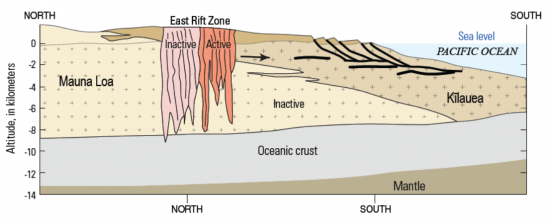
From the base below sea level to its summit, it’s also the tallest mountain in the world. This is because most of Mauna Loa is below the ocean surface. So if you measure it from its base, it’s even taller than Mount Everest.
Mauna Loa in Hawaii is the world’s largest active shield volcano. It has erupted 33 times since 1832. Lava from Mauna Loa can reach the sea in less than 24 hours, destroying everything in its path.
What are the types of lava from shield volcanoes?
Generally, the two types of lava that extrude from shield volcanoes are pahoehoe and aa.
- PAHOEHOE: Pahoehoe has a ropey texture. It’s like molasses flowing slowly down a hill. Pahoehoe stacks upon each other. The top part is obsidian. It’s the shiny, volcanic glass that solidifies instantaneously when it comes in contact with air. Inside pahoehoe is rough and blocky because it still contains gas.
- AA: Aa is rough, sharp, and angular. They’re like blocks crumbling down. It’s the same composition as pahoehoe but it’s lost some of its gases. Pahoehoe can turn into aa with the right amount of gas.
What is a Shield Volcano?
The shield volcano is an active volcano with a caldera that tends to erupt basalt lava.
The name “shield volcano” originated from its Roman shield-like shape and is often broad and flatter than the other types of volcanoes.
We want to hear what you have to say! Please use the comment form below and let us know what your thoughts are.

